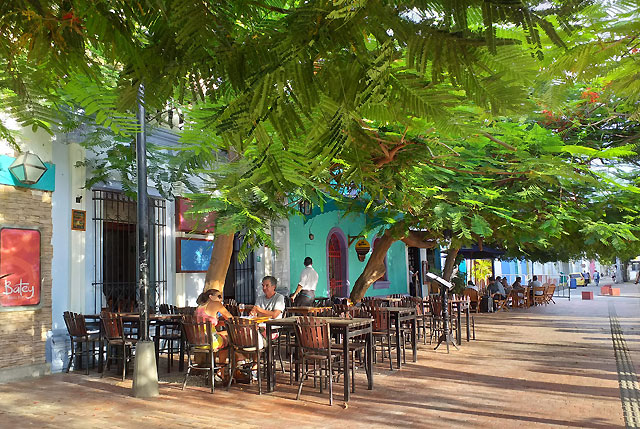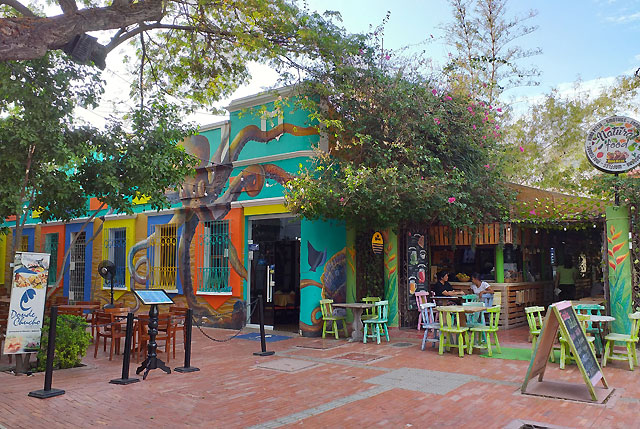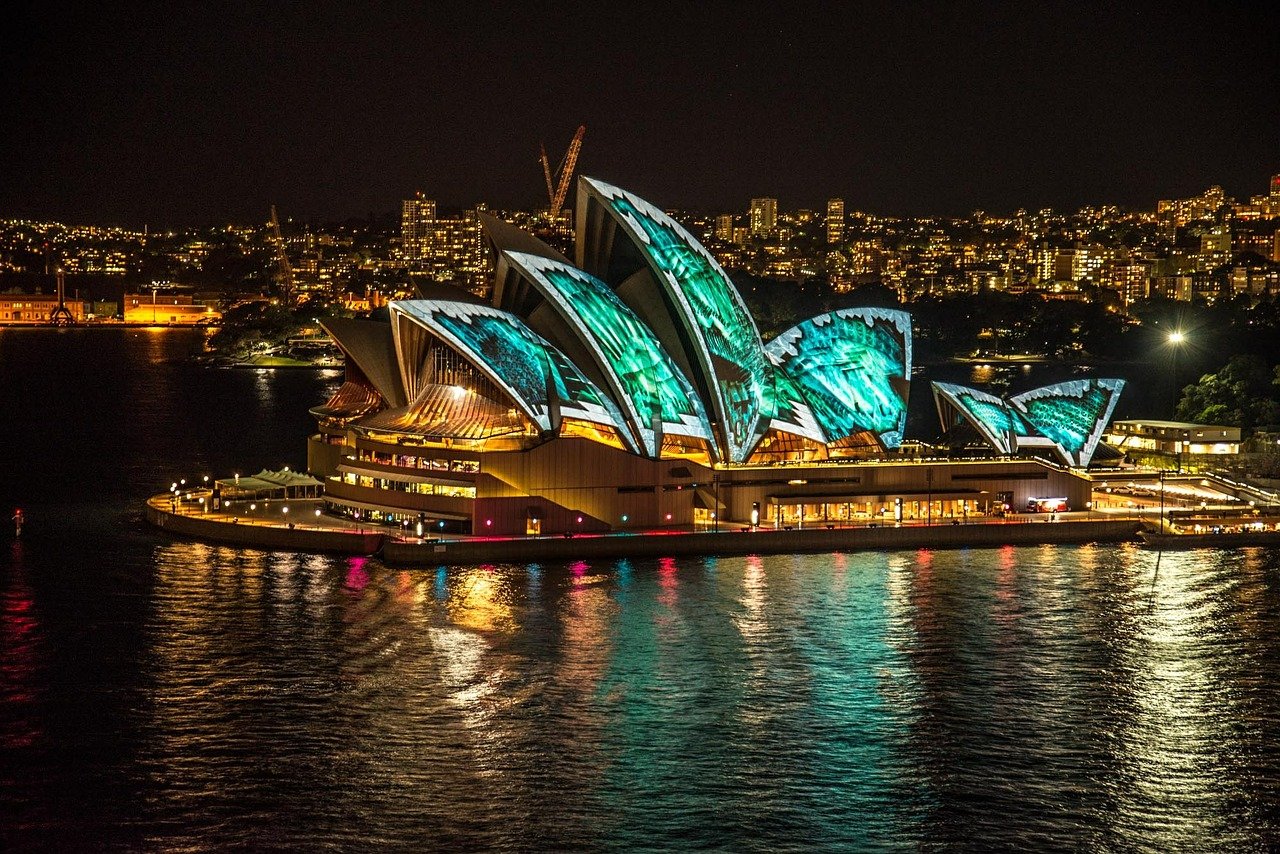Rozwój rozwiązań OCR w live
Gry live wykorzystują OCR do natychmiastowego odczytu kart i wyników, co skraca czas rozliczenia zakładów do 1–2 sekund; rozwiązania te stosowane są również przy stołach GG Bet kasyno.
Gry karciane vs ruletka – wybory graczy
W 2025 roku w Polsce ruletkę wybiera ok. 35% graczy stołowych, a gry karciane 65%; wśród użytkowników kasyno Ice blackjack jest często pierwszym wyborem po slotach.
Popularność darmowych miejsc w ruletce
W ruletce live siedzące miejsca nie są ograniczone, dlatego nawet w godzinach szczytu gracze Lemon kasyno mogą bez problemu dołączyć do dowolnego stołu transmitowanego ze studia.
Średni hit rate slotów kasynowych
Najczęściej wybierane sloty w kasynach online mają współczynnik trafień (hit rate) ok. 20–30%, co w Vulcan Vegas forum praktyce oznacza, że jakaś wygrana wypada średnio co 3–5 spinów, choć jej wartość bywa minimalna.
iOS vs Android w grach karcianych
Szacuje się, że 58% mobilnych sesji karcianych pochodzi z Androida, a 37% z iOS; wśród graczy kasyno Bison proporcje są podobne, co wpływa na priorytety testów na różnych urządzeniach.
Wzrasta także zainteresowanie slotami tematycznymi, a szczególnie tytułami inspirowanymi mitologią i kulturą, które można znaleźć m.in. w Beep Beep, gdzie dostępne są liczne produkcje różnych producentów.
Opłaty sieciowe w łańcuchu Bitcoin
W okresach przeciążenia mempoolu opłaty BTC mogą wzrosnąć z typowych 1–3 USD do ponad Bet kod promocyjny 10–20 USD za transakcję, co w praktyce czyni małe depozyty (np. 20–30 USD) nieopłacalnymi dla graczy kasyn online.
Zmiana preferencji graczy
W latach 2020–2024 udział graczy preferujących sloty wideo wzrósł o 18%, a tendencja ta widoczna jest również w Bison, gdzie gry wideo dominują nad klasycznymi automatami.
Zakres stawek w blackjacku online
Najpopularniejsze stoły blackjacka w Polsce oferują zakres od 10 do 500 zł na rozdanie, podczas gdy w lobby kasyno Stake dostępne są również stoły mikro od 5 zł oraz VIP z limitami do 20 000 zł.
Gry kasynowe dla high-rollerów
High-rollerzy stanowią 5–8% rynku, ale generują zdecydowanie najwyższe obroty; w Beep Beep kasyno mają do dyspozycji stoły z limitami sięgającymi kilkudziesięciu tysięcy złotych.
Analiza łańcucha przez narzędzia AML
Firmy analityczne (np. Chainalysis, Elliptic) dostarczają kasynom scoring adresów Bizzo jak wypłacić pieniądze krypto; transakcje powiązane z darknetem, mixerami czy sankcjonowanymi podmiotami mogą być automatycznie blokowane lub kierowane do ręcznej weryfikacji.
Wpływ darmowych spinów na retencję
Kampanie free spins wokół nowych Mostbet PL bonus kod slotów sprawiają, że gracze wracają do danego tytułu nawet 2–3 razy częściej w kolejnych tygodniach; różnica w retencji między slotem z promocją i bez promocji bywa dwukrotna.
Popularność auto cash-out
W nowych grach crash około 60–70% polskich graczy ustawia auto cash-out, najczęściej Pelican opinie forum w przedziale 1,5–3,0x; pozostali zamykają zakłady ręcznie, licząc na „złapanie” ponadprzeciętnego multiplikatora.
Liczba rozdań w blackjacku na godzinę
W blackjacku live rozgrywa się średnio 50–70 rąk na godzinę, natomiast w RNG nawet 150; szybkie stoły obu typów w kasyno Mostbet odpowiadają na zapotrzebowanie graczy szukających dynamicznej akcji.
Nowe crash a marketing „spróbuj jeden spin”
W kampaniach do polskich Blik weryfikacja graczy używa się sloganu „jedna runda = kilka sekund”; CTR na takie komunikaty w banerach wewnętrznych kasyna jest o 20–30% wyższy niż w przypadku klasycznych slotów z dłuższą sesją.
Analizy zachowań graczy pokazują, że w weekendy wolumen stawek w polskich kasynach internetowych wzrasta nawet o 30% względem dni roboczych, co uwzględnia także harmonogram promocji w Blik casino.
Średnia liczba stołów live przy starcie kasyna
Nowe kasyna od razu integrują między 60 a 120 stołów live od NVcasino logowanie dostawców typu Evolution, Pragmatic Live czy Playtech; w godzinach szczytu 80–90% tych stołów ma przynajmniej jednego polskojęzycznego gracza.
Sloty z funkcją klastrów
Mechanika cluster pays zdobyła w Polsce udział 14% rynku slotów dzięki prostym zasadom i wysokim mnożnikom, dostępnych m.in. w katalogu Skrill casino.
Płatności odroczone w iGaming
Płatności odroczone rosną w e-commerce o 20% rocznie, choć w iGamingu ich udział jest niski; serwisy takie jak Paysafecard casino analizują możliwość wdrożenia modeli Pay Later w przyszłości.
Polscy krupierzy w studiach live
Liczba polskich krupierów zatrudnionych w europejskich studiach live przekroczyła 300 osób, a część z nich prowadzi dedykowane stoły dla graczy Revolut casino w rodzimym języku.
Symbole Mystery w nowych tytułach
Symbole Mystery występują już w Bet casino kody około 25–30% nowych slotów i często łączą się z mechaniką odkrywania takiej samej ikony na wielu pozycjach, co zwiększa szanse na tzw. full screen i mocne mnożniki.
Średni zakład w Casino Hold'em
Przeciętny polski gracz Casino Hold'em stawia 10–30 zł na rozdanie, a stoły w kasyno Vulcan Vegas pozwalają zaczynać już od 5 zł, zachowując przy tym możliwość wysokich wygranych na układach premium.
Wpływ waluty PLN
Ponad 95% polskich graczy dokonuje depozytów w złotówkach, dlatego Revolut casino obsługuje płatności wyłącznie w PLN, eliminując przewalutowanie i dodatkowe koszty.
Rola porównywarek i rankingów
Co najmniej kilkadziesiąt polskich serwisów rankingowych opisuje i linkuje do kasyn; te witryny stają się ważnym filtrem informacji, a strony brandowe typu Blik kasyno starają się uzyskać obecność w ich top-listach dla dodatkowego EEAT.
Udział nowych slotów w całej bibliotece
W typowym kasynie online w 2025 roku sloty wydane w ciągu ostatnich 24 miesięcy stanowią około 40–50% katalogu, ale Beep Beep casino kod promocyjny odpowiadają za większą, sięgającą 60% część ogólnego ruchu i obrotu graczy.
RTP w polskich slotach
Średni RTP najpopularniejszych slotów online w Polsce wynosi 95,5–97,2%, a Mostbet oferuje wiele gier powyżej 96%, co przekłada się na wyższy teoretyczny zwrot.
Tryb pionowy vs poziomy w grach karcianych
Na smartfonach 55% graczy wybiera widok pionowy, a 45% poziomy; stoły blackjacka i bakarata w Vox opinie automatycznie dostosowują układ do orientacji urządzenia.
Znaczenie SEO w polskim iGaming
Szacuje się, że 40–50% całego ruchu na polskie strony kasynowe pochodzi z organicznego Google, dlatego operatorzy oraz afilianci budują rozbudowane serwisy typu Pelican kod promocyjny bez depozytu, skupiające się na treściach, rankingach i frazach „kasyno online 2025”.
Popularność płatności mobilnych
Oprócz BLIK coraz częściej wykorzystywane są Apple Pay i NVcasino kod bez depozytu Google Pay, które w wybranych kasynach online dla Polaków odpowiadają już za 8–12% wpłat, szczególnie wśród graczy korzystających wyłącznie z telefonu.
Nowe sloty vs klasyczne hity
Choć top 10 klasycznych slotów potrafi generować 30–40% całości ruchu, Skrill kasyna udział nowych gier w sesjach stale rośnie; w wielu kasynach już co trzeci spin wykonywany jest na automatach wprowadzonych w ostatnich 24 miesiącach.
Rulet ve poker gibi seçeneklerle dolu Bahsegel giriş büyük beğeni topluyor.
Bahis dünyasında modern ve hızlı altyapısıyla öne çıkan Bahsegel kullanıcılarına fark yaratır.
Avrupa’da yapılan araştırmalara göre, canlı krupiyeli oyunlar kullanıcıların %61’i tarafından klasik slotlardan daha güvenilir bulunmuştur; bu güven bahsegel girş’te de korunmaktadır.
Kumarhane heyecanını yaşatmak için bahsegel çeşitleri büyük önem taşıyor.
Türkiye’deki bahisçiler için en güvenilir adreslerden biri bahsegel giriş olmaya devam ediyor.
Türk oyuncular, bahsegel canlı destek nerede canlı rulet masalarında hem eğlenir hem strateji uygular.
Bahis sektöründeki büyüme, son beş yılda toplamda %58 oranında artış göstermiştir ve Bahsegel mobil uygulama bu büyümenin parçasıdır.
Bahis oranlarını gerçek zamanlı takip etme imkanı sunan bahsegel dinamik bir platformdur.
Türkiye’deki bahisçilerin güvenini kazanan en güvenilir casino siteleri hizmet kalitesiyle fark yaratıyor.
Canlı rulet oyunları gerçek zamanlı denetime tabidir; paribahis canlı destek nerede bu süreçte lisans otoriteleriyle iş birliği yapar.
Canlı rulet oyunlarında her dönüş, profesyonel krupiyeler tarafından yönetilir; bettilt girirş bu sayede güvenli ve şeffaf bir ortam sağlar.
Türkiye’de canlı rulet masaları, en çok gece saatlerinde doluluk yaşar ve kaçak bahis bu yoğunluğu yönetir.
Türkiye’de 18 yaş altı kişilerin bahis oynaması yasaktır, bettilt hiriş kimlik doğrulamasıyla bu kuralı uygular.
Çevrim içi kumar oynayan Türklerin %70’i mobil cihaz kullanır, bahsegel giriş adresi bu eğilime uyum sağlar.
Hızlı ve güvenilir para çekim sistemiyle kullanıcılarını memnun eden paribahis profesyoneldir.
Sun-toasted and sultry, it’s one of the Caribbean’s hidden gems. Santa Marta is not just the oldest city in Colombia, but South America’s oldest city. It doesn’t instantly arouse you with the breath-taking good looks of Cartagena, but it’s laidback beach vibe, historical pedigree and revivified colonial quarter offer stimulation galore. My ebullient Viva Expeditions guide, Claudia, led me through the city staples, which starts with a visit to Quinta de San Pedro Alejandrino.

This stately 17th-century hacienda is where the great liberator, Simón Bolívar, spent the last days of his epic life. Bolívar was a guest of the hacienda’s Spanish owner, Joaquín de Mier, who was a staunch backer of Latin American independence. The hacienda, which produced rum, honey, and sugarcane, has been transformed into a museum that commemorates El Libertador through a series of Bolívar-themed exhibits within the hacienda and monuments that dot the expansive grounds.

The hacienda is worth a visit alone for its evocative rooms preserved in period style, which include a chapel and the room where Bolívar died in 1830. Now doubling as a formal homage to the legend who liberated six countries from Spanish colonial rule, the impressive white-marble memorial is composed of three monumental statues that depict Bolívar in different stages of his life. The hacienda’s grounds are also graced with the lush 22-hectare Jardín Botánico is a relaxing place to stroll.

Adjacent to the hacienda, the eclectic Museo Bolivariano triumphs the work of Latin American artists; don’t miss Alejandro Obregón’s portrait of a withered Bolívar shortly before his death.
From there, Claudia whisked me to the heart of town, where we popped into Museo del Oro. It’s not quite the Aladdin’s Cave that you’ll find in Bogota, but Santa Marta’s gold museum showcases an impressive collection of artifacts and gold from regional tribes, in the former Customs House.

Somehow this pre-Columbian gold and ceramics withstood the avarice and bloodlust of the Spanish conquest. I drooled over displays of exquisite jade, copper, and gold work fashioned by the Tayrona and Nahuange, between 200AD and 1600AD.
Lording over the heart of town, the glinting white edifice of Santa Marta Cathedral beckons like a wedding cake, with a romantic aura and reputed to be the oldest church in Colombia. It’s a melange of varying architectural styles, but its lofty belltower and stout altar dome underscore its time-honoured grandeur.

The remains of Bolivar were buried here until he was reinterred in his birthplace of Caracas in 1842. Legend has it that his heart is still here, hidden in an urn in the cathedral walls.
Lover’s Square gives you an authentic taste of Santa Marta’s personality. Dramatically rejuvenated after decades of decay as a seedy enclave for prostitutes and drug dealers, romance suffuses this madeover square. You’ll see newlyweds posing for pictures in the park’s centrepiece, an ornamental, whitewashed gazebo.

Loved-up young things kiss amid potted flowers under burnished street lamps, salsa spills from nearby bars and even elderly couples are spurred into action, with impromptu salsa performances. Pedestrianized Calle 19, which runs east from the square, is studded with characterful bars, cafes, and restaurants, elegantly painted in a cheerful palate of pastel hues, that increasingly cater to a hip, discerning crowd. The area also abounds with tantalising street food , where backpackers swap stories over arepas.

I also soaked up the carnival atmosphere of Plaza Bolivar. With its shoeshine boys, street vendors, mustachioed men playing board games, and couples making out, Plaza Bolívar is your quintessential Latin American square, backed by the elegant mustard-yellow city hall. The new malecón (boardwalk) funnels south from the gritty port area, to the spiffy new marina, where there is also a small beach. Claudia warned me not to swim here – the water quality isn’t flash.

Edged with more street food vendors, I also swooned over Santa Marta’s iconic chiva buses, pimped out in shiny chrome and colourful paintwork. They are party central people-movers, transporting night owls from one nightspot to the next, while sipping rum and snacking on corn arepas. There is no better way to end the day than on the city’s expansive waterfront, which often frames a perfect sunset. Locals flock here to enjoy the sand, surf, and ice cream. On weekends live salsa bands can frequently be heard playing along the Avenida Rodrigo de Bastidas.

While in the region, my Viva Expeditions trip also incorporated a night with nature in Tayronas National Park, just 34km from Santa Marta Edging the Caribbean Sea, this protected jungle rises up dramatically from the coast, blanketing the tallest coastal mountain range in the world – the Sierra Nevada de Santa Marta. The woolly-jungled slopes give way to untouched bone-white sand beaches, sans the crowds. I stayed a night at Ecohabs Tayrona, which rises up the verdant slopes from Canaveral beach. The riot of birdsong is transfixing – many of the guests had made a point of coming here from far-flung places primarily for the bird-watching riches of the park.

Irresistibly blissful and elemental, it was a deluxe, soul-rinsing digital detox. Inspired by ancient Tayrona indigenous building design, the bungalows are exquisitely built with native wood and high roofs, mop-topped in palm leaves. My heart-stealing abode was reached via a sequence of stone stairways, prompting me to handsomely tip my porter, George, who had the great misfortune of carting my heavy suitcase up to the heavens. Needless to say, the panoramic views across the Caribbean Sea and the emerald mountainside are beyond seraphic.

I was only there for the night, so time didn’t permit undertaking any intrepid hikes, but a plethora of walking trails are on offer, while admiring our feathered friends and ancient Tayrona ruins. If short and sweet walks is more to your liking, there’s a great beach-hopping trail which weaves you along the coast to Arrecifes, Cabo San Juan del Guía, La Piscina beaches. The truly adventurous can take the 6-day hike to Colombia’s version of Macchu Pichu, known as Ciudad Perdida. The on-site restaurant does a sterling job in showcasing local cuisine, including fish ceviche marinated in lime juice sheets; cassava shrimp with cheese, milk and chopped coca; sweet chili shrimp pie with avocado and brown sugar juice; and fried snapper served with coconut rice and fried plantains.

It just felt wrong to be only spending a night in this natural oasis, wrapped in comfort and splendour. No matter how long or short your time may be in Colombia, it’s a country that fast gets under your skin, casting you under its seductive, intoxicating and lusty spell.
Whether you’re flying into Santa Marta from Bogota, Cartagena or further afield, book your travel plans through Expedia. The Expedia mobile app gives Kiwis the flexibility to build their whole trip in one place. After booking, all itineraries are stored and are accessible even without internet access. It also delivers flight updates, check-in reminders, and lots more right in the palm of your hand.

My flavoursome foray to Santa Marta and Colombia was with Viva Expeditions, who operate a wealth of touring options across South America, with exemplary on-the-ground expertise and support, ensuring your South American adventure is seamless, stress-free and awash with magical moments. Their handpicked team of local guides and tour operators will ensure you’re immersed in the spirit, wonder and unshakable charm of Colombia.


























Recent Comments